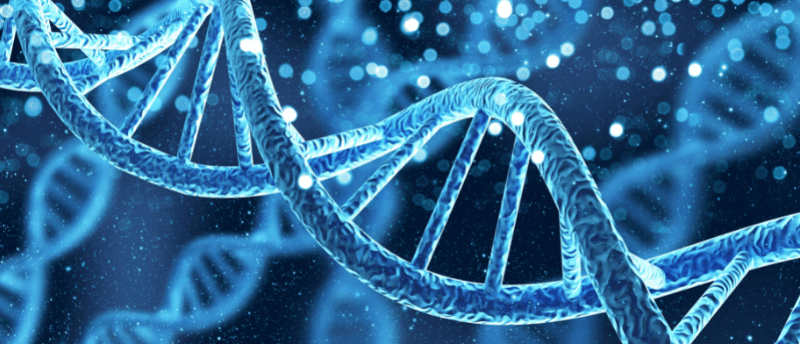Uncovering the intricacies of DNA repair

A novel technology combined with optical tweezer C-trap technology gives researchers new insight into DNA repair mechanisms.
Researchers at the University of Pittsburgh (PA, USA) have developed a novel system to study how cells locate and repair damaged DNA in detail. DNA damage can contribute to aging, cancer and neurodegeneration among other diseases, and a better understanding of DNA repair mechanisms could advance treatments for these diseases.
“I think of DNA damage as a pothole,” described Bennet Van Houten, the senior author of the study. “In one particular DNA repair pathway, it takes about 30 proteins to go from finding the pothole to putting in the repair patch. While we can’t observe all of these proteins at once, we can observe them two by two.”
To observe the DNA repair process, the researchers developed a novel method called Single Molecule Analysis of DNA-binding proteins from Nuclear Extract (SMADNE) to create fluorescently tagged proteins more efficiently than current methods. This was developed in collaboration with the University of Kent (UK). The researchers utilized SMADNE to extract DNA repair proteins from cell nuclei.
The extracted DNA repair proteins were analyzed using C-trap, an optical tweezer technology that manipulates a single molecule of DNA using a strong light beam to move microscopic beads to either side of a molecule. They studied how and when the DNA repair proteins bind to DNA with different types of damage present.
 Magnetic tweezers reveal NIHCOLE DNA repair mechanism
Magnetic tweezers reveal NIHCOLE DNA repair mechanism
Scientists used magnetic tweezers to reveal how the RNA molecule ‘NIHCOLE’ repairs cell damage, hindering cancer treatments such as radiotherapy.
“One of the most important things to understand is who gets there first. Once it arrives, does it stay around and watch the whole repair cascade? Does it hand off repair to a different protein? With the C-trap, you can watch the proteins coming and going and learn a lot about the orders of assembly and disassembly,” explained Matthew Schaich (University of Pittsburgh), first author of the study.
In this study, the combined technology of C-trap and SMADNE was used to investigate many different DNA repair proteins across several repair pathways to improve understanding of these mechanisms.
The researchers were especially interested in two proteins that repair damage caused by the sun called heterodimeric ultraviolet-damaged DNA-binding proteins (DDB1 and DDB2). They found that DDB1 and DDB2 arrived at the damaged point of the DNA strand together and departed together. They were surprised to see an additional 11 different association and dissociation patterns, during which the two proteins came and went at different times. This observation highlights the impressive detail that can be collected with this technology.
The research group will continue to analyze all 30 proteins involved in repair pathways for damage caused by UV radiation. They have also applied for a patent for the SMADNE system.
“The combination of the C-trap and SMADNE has opened up endless opportunities for the study of DNA repair. But what’s the most important questions that we can answer using this new tool?” commented Van Houten. “To me, it’s knowing the precise role of each of the proteins in this pathway.”